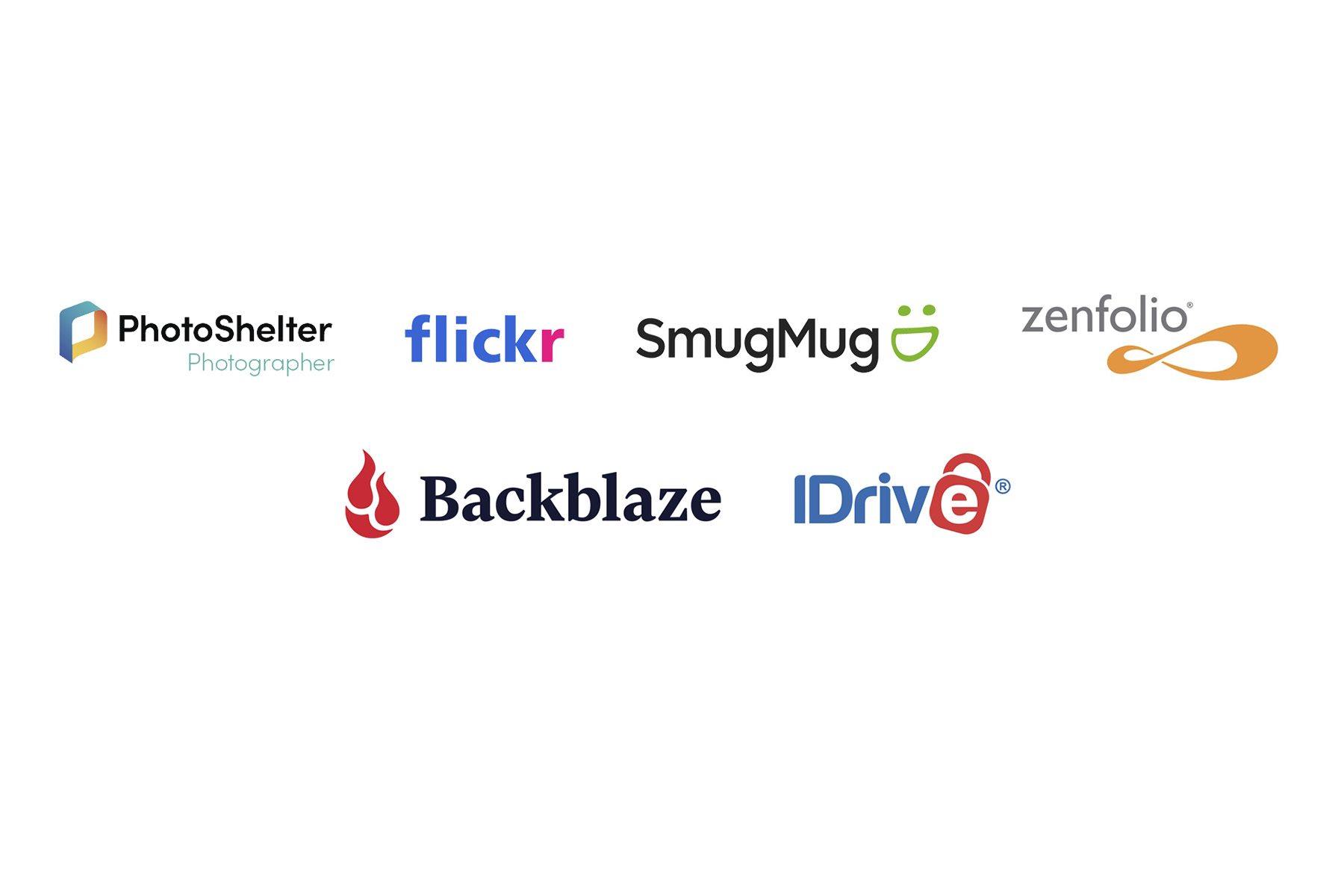As a photographer and storyteller passionate about helping others showcase their work, I’ve always been invested in finding the best online photo storage solutions. Recently, while assisting a fellow photographer in setting up their online archive and sharing platform, I stumbled upon a significant change: PhotoShelter’s Pro version for new users transitioned from offering unlimited storage to capping it at 500GB. This shift, effective April 1, 2024, prompted me to delve deeper into alternative options to ensure photographers can access the storage they need to showcase their portfolios effectively. In this exploration, I compared popular platforms like SmugMug, Flickr, and Zenfolio, alongside backup solutions such as IDrive and Backblaze, to help fellow photographers confidently navigate this evolving landscape.
Managing and sharing your vast collection of photos can be daunting in today’s digital age. Whether you’re a professional photographer looking to showcase your portfolio to clients or an enthusiast who wants to share memories with friends and family, finding the right online photo storage solution is critical. In this blog post, we’ll compare three popular platforms, SmugMug, Flickr, and Zenfolio, and quickly look at backup options for RAW files with IDrive and Backblaze.
SmugMug:
With SmugMug, you get a robust platform designed specifically for photographers. Their pricing structure is straightforward: $45 per month for unlimited JPEG storage, with additional RAW storage charges based on the space you need. For instance, 512GB of RAW storage costs $3 per month, while 1TB of storage costs $5. SmugMug offers customizable galleries and extensive privacy controls, making it ideal for professionals who want to securely showcase their work to clients.
Flickr:
Flickr, owned by SmugMug, offers a more budget-friendly option at $5.99 per month or $49.99 per year. While it doesn’t support RAW photos, it provides unlimited JPEG storage. Flickr offers a Pro unlimited storage plan for users who exceed the 1000 photo/video free storage limit, making it a viable choice for those with extensive collections of images.
Zenfolio:
Zenfolio targets photographers who need unlimited storage and advanced e-commerce capabilities. Their Pro Suite plan offers unlimited storage for $16 per month, with additional charges for RAW storage at USD .085 per GB per month. Zenfolio provides tools for creating customizable websites, selling prints, and managing client galleries, making it suitable for photographers who want to streamline their online presence and sales process.
Backup Options for RAW Files:
For photographers who prioritize backing up their RAW files securely, options like IDrive and Backblaze offer reliable solutions:
IDrive:
IDrive provides flexible backup solutions for one user across multiple computers. Their plans start at 5TB for $69.95 for the first year, with subsequent years priced at $99.50. They also offer a 10TB plan for $104.65 for the first year, making it a cost-effective option for users with extensive storage needs.
Backblaze:
Backblaze offers a straightforward backup solution with unlimited data and drives for a single user. Priced at $9 per month or $99 per year, it’s affordable for those who prioritize simplicity and reliability in their backup strategy. However, it’s important to note that Backblaze requires external hard drives to be connected and scanned at least once every 30 days to keep them backed up.
Conclusion:
When choosing an online photo storage solution, consider your specific needs as a photographer or enthusiast. SmugMug, Flickr, and Zenfolio each offer unique features and pricing structures tailored to different use cases. Whether you prioritize unlimited storage, RAW file support, or advanced customization options, there’s a platform that fits your requirements.
Additionally, implement a reliable backup strategy with services like IDrive or Backblaze to ensure the safety and accessibility of your precious photo collections. Remember, those are for archiving only.

